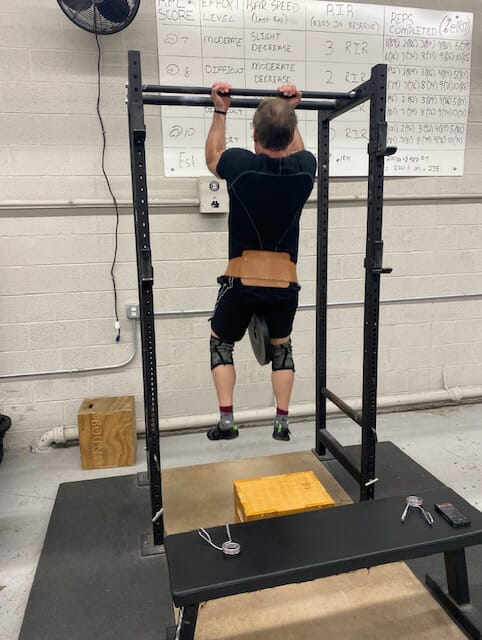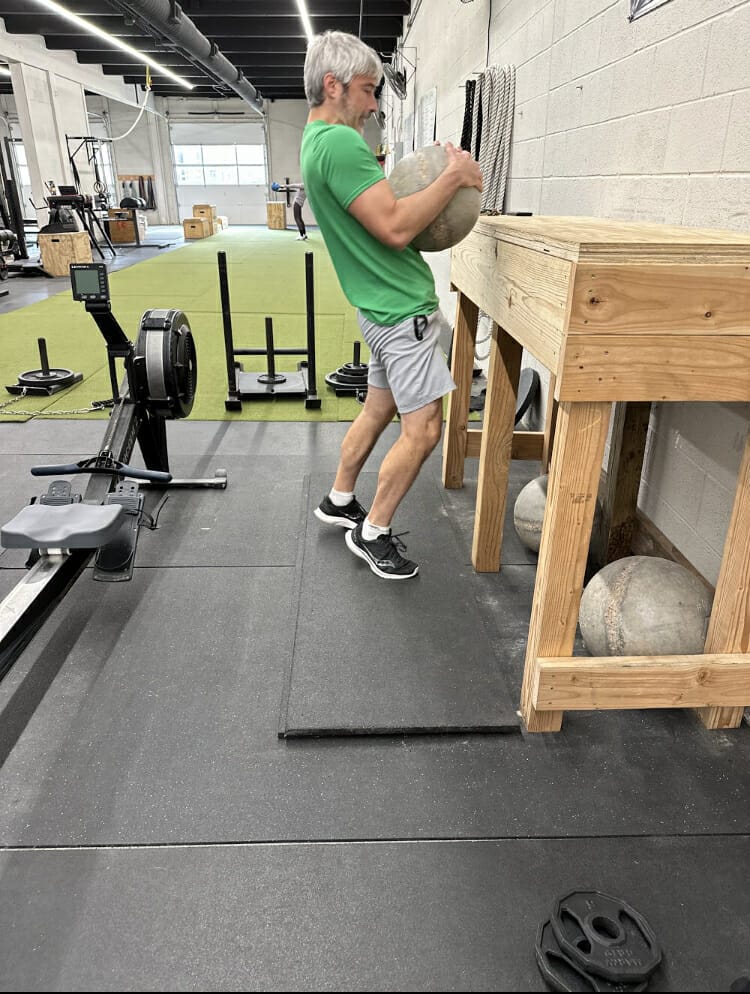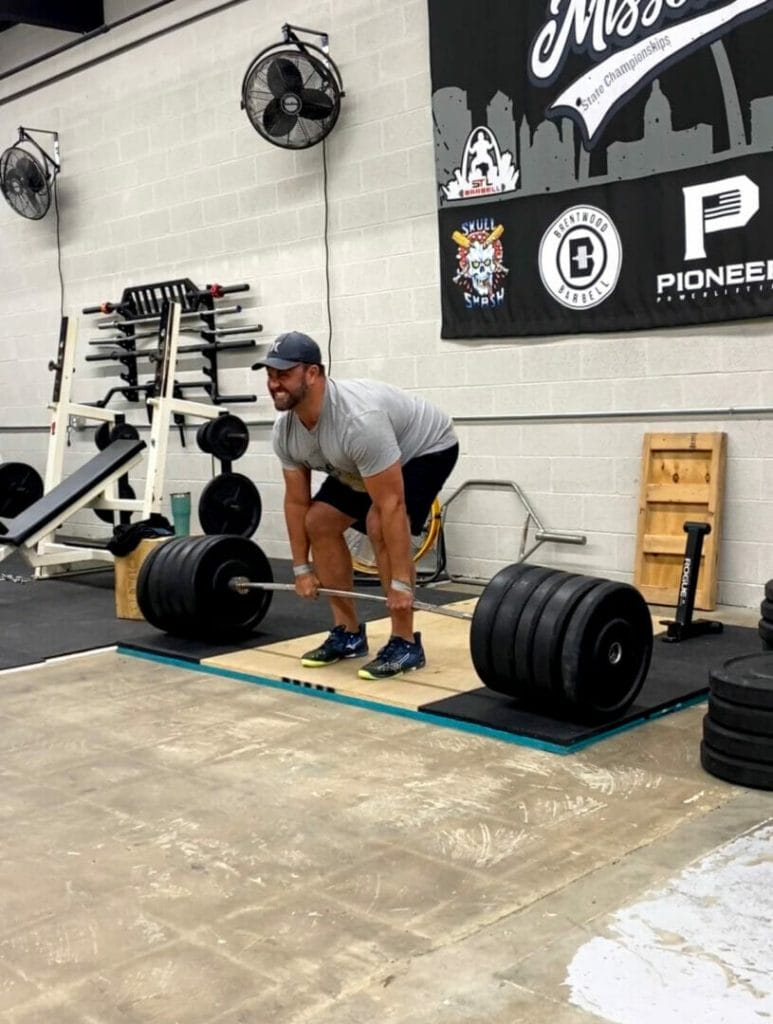At Brentwood Barbell, we like to keep training as simple and straight forward as possible. And… for a long time, new athletes just come in and add a bit of weight to the bar. Very simple, no exercise changes, no volume changes, just do the same 1-2 workouts each week, adding a bit of weight. It’s great, it works. For a while.
Since having worked with a few hundred athletes over the past 6 years, we’ve learned a little bit about program design. We’ve tried nearly every progression method imaginable. Percentages, yep. RPE, oh yeah. Linear progression… just add 5! It’s all good, it all works and they all leave a bit to be desired. Recently, we’ve been using a method we call double progression. It’s not ours, in fact, it’s currently all the rage… again in strength training. I say that because it’s been around for some time. I first learned about it from an article Charles Poliquin wrote on periodization. In that article, Charles notes that the majority of his athletes make great progress on an undulating periodization model. Meaning, he would regularly switch from intensity blocks to accumulation blocks, while always having some amount of each present in all programming. In short… his athletes worked on a bit of everything at the same time whilst still having a primary goal in the weight room. This is just good programming at this point but at the time it was pretty controversial.
The thing I remember most was that he would write programs to build a quality. Relative strength for example, might be 5 sets of 1-3 reps, resting 3-5 min. while functional hypertrophy might look something like 4 sets of 4-6 reps, rest 2min. I always found this a bit fascinating because the athlete could always shoot for some tangible progress. Another rep at the same weight or perhaps add some weight and try to get the same reps. Hence the name, double progression. You’re always aiming to add weight to the bar or reps to each set, or both!
I’m sure Charles was not the first to use such parameters with his athletes but it was the first place I saw it and have since used it quite a bit. Let’s get into how we might use this at Brentwood Barbell for an athlete’s upper body session.

Upper Body, Functional Hypertrophy
- A1) Flat Touch n Go Bench Press (4 sets of 4-6 reps / rest 90 sec)
- A2) Supinated Weighted Chin Up (4 sets of 4-6 reps / rest 3 min)
- B1) Incline DB Bench Press (3 sets of 8-12 reps / rest 90 sec)
- B2) Wide Grip Lat Pull Down (3 sets of 8-12 reps / rest 90 sec)
- C1) Rear Delt Fly x 5 min AMRAP @9
For this workout, the athlete is focusing primarily on his/her chest and back musculature. We’ve set up the session so the athlete can work A1 / A2 and B1 / B2 back to back fashion (aka super sets). This works great for accessory exercises and also upper / lower split programs.
To keep this simple, lets say our athlete completes session with the following numbers (we’re only going to examine the A series).
- A1) Flat Touch n Go Bench Press: 4 sets of 6 reps @ 225
- A2) Weighted Chin Up: 4 sets of 5 reps @ +25

When Should I Add More Weight
The best thing about using a double progression is that you only have to answer a few simple questions.
- Did I achieve all sets / reps at the selected weight?
- Was my technique reasonable / acceptable?
That’s really all there is to it.
- Yes, I got all my prescribed sets/reps. Great, let’s aim to add 5-10lbs. for the next session
- Yes, I got all my prescribed sets/reps but it was ugly. OK, no worries, let’s repeat this session
- No, I did not get all my prescribed sets/reps. OK, let’s repeat the session, aiming to achieve all sets/reps next time

KISS
The benefits of such a simple system cannot be overstated. It’s important to remember that the athlete and coach (and gym) come together to create a team. The team is working toward the athlete’s goals, be them weight loss, gaining muscle, or just getting stronger. In the book Extreme Ownership, the authors talk about the importance of EVERYONE on the team understanding (1) the mission goal, and (2) each team member’s part in achieving the mission goal.
If a coach writes the world’s great program but the athlete doesn’t understand how to run it, then it might not be the greatest program in the world for that athlete, at that time, for that goal. In order to maximize the athlete’s potential, he/she must understand the goal and how they can help achieve it.
An imperfect plan that is aggressively executed will always trump a perfect plan that is half-assed. No exceptions.
If it’s been a while since you’ve made progress on your plan or you’re not sure what you need to do to get moving in the right direction again, book a meeting with one of our excellent coaches. We’d love to help.
Talk soon!
James

